| |
The Fashion
and Textile History Gallery
1750-1899
Up until the end of the 18th
century, fashion was a fairly reliable visual indicator of the wearer’s
social rank. But fashion’s “Old Regime” was already coming to an end, as the
aristocracy and gentry increasingly lost both their traditional monopoly on
fashionable luxuries and their hold on political and economic power. Trade
in textiles was one of the driving forces in European expansion, and the
mechanization of textile production was the engine of the Industrial
Revolution. Innovations in spinning and weaving technology, dyes, fabric
printing, and other processes made a widening range of textiles available to
the fashion industry at prices that an increasing number of people could
afford.
With the rise of capitalism and
democracy, men’s fashions became more sober, but women’s clothes continued
to be decorative. The making and selling of clothes changed dramatically
over the course of the nineteenth century, as traditional crafts gave way,
on the one hand, to the rise of readymade clothing and, on the other, to the
development of the haute couture. Fashion magazines, patterns, and
department stores made stylish clothing available to an ever-expanding
population of consumers. Paris was the capital of women’s fashion, as London
was of men’s.
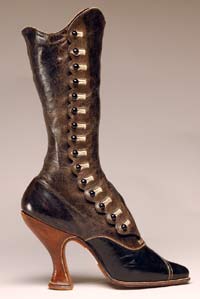 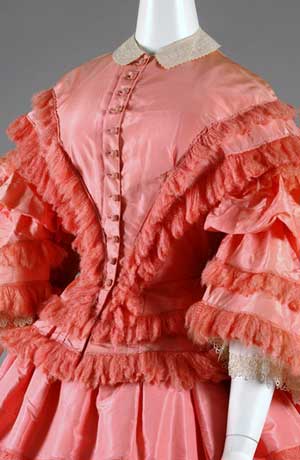
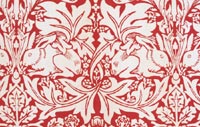
|
|
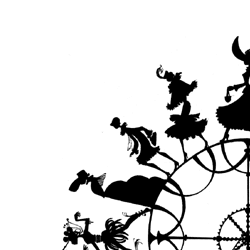 |
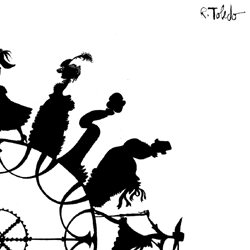 |

